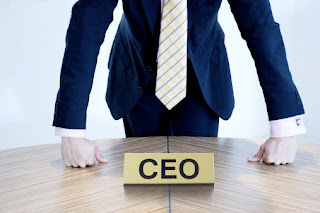
You’ve seen them. The Verizon ads that mock AT&T’s 3G coverage with the cheeky tagline “There’s a Map for that.” So has a federal judge in Atlanta who says AT&T can’t count on the courts to block the competition from pointing out the truth.
In case you’ve missed all the hubbub, Verizon – after months of erroneous speculation the iPhone was finally coming to the V-network – launched a series of ads showing how much 3G coverage Verizon offers compared to AT&T’s puny 3G footprint.
Rather than let the ads run their course, the rocket scientists at AT&T decided the correct course of action was to go to court and claim the ads were misleading. “Look at how big our 2G and EDGE coverage is!” AT&T cried, ignoring the obvious and indisputable facts about their 3G network.
Sensing a nerve had been hit, Verizon made the ads available for sharing online and ordered up a whole new series of attack ads, including the retro “Island of Misfit Toys.” “There’s a Map for That” remains at No. 7 on Visible Measures’ list of top viral ad campaigns.
Within hours of getting booted from the courtroom, AT&T launched it’s own rebuttal ad using actor Luke Wilson. Hopefully AT&T has something better up it’s sleeve because this ad won’t move the needle or, more importantly, make the cash register beep. (They don’t ring any more people. Catch up.)
So, what should we make of all this?
It’s clear that both company’s actions reinforce their brand perceptions. AT&T has flashes of brilliance – the iPhone exclusive agreement – followed by poor execution and indifferent customer service. Verizon, the polar opposite, has generally great strategy and service backed by the occasional bone-headed move. Remember, they passed on the iPhone (Are you kidding me?) because they wanted the handset to be branded Verizon, not Apple.
It remains to be seen, however, if the ads are having a lasting financial impact at either company. And if this smackdown benefits any one other than the lawyers and ad agencies.





















